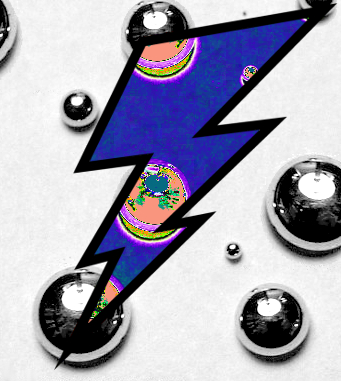$180m for ACT's green-tech highway
 The ACT Government has made a high-tech investment for the future of energy and transport.
The ACT Government has made a high-tech investment for the future of energy and transport.
The Territory has unveiled plans for a $180 million investment in renewable energy-to-hydrogen energy storage technology, and the first hydrogen-fuelled fleet in Australia.
Environment and climate change minister Simon Corbell says the plans include a $55 million hydrogen “electrolyser” investment and $125 million for R&D into renewables-to-gas.
“Hydrogen energy storage from 100 per cent renewable energy is an important complementary technology with huge commercial potential,” Corbell said in a statement.
“This is another example of the ACT Government delivering jobs and investment for our community, and benefiting from our large-scale auctions.”
The money comes from the recent 200MW “next generation” renewables energy auction, which has also provided funding for 36MW of battery storage in 5,000 Canberra homes and businesses.
Neoen and Megawatt Capital (operators of South Australia’s Hornsdale Wind Farm) have been given a $55 million grant to establish a 1.25MW hydrogen electrolyser, which converts electricity to hydrogen, in partnership with Siemens and Hyundai.
The funds will go towards a refuelling station and service centre for an initial fleet of 20 hydrogen fuelled cars.
Union Fenosa, the firm in charge of the Crookwell Wind Farm, will invest $125 million into a research and development partnership with the Australian National University and ActewAGL Distribution, focusing on renewable energy power to gas (ReP2G).
This project is designed to find efficiencies in the production of hydrogen from renewable that could be introduced to the ACT gas or electricity networks.
Funding will also go towards a pilot testing facility in the ACT for producing hydrogen from water using renewable electricity alone.
“Now that the ACT is set to have 100 per cent renewable electricity by 2020, which will reduce our greenhouse gas emissions by 40 per cent on 1990 levels, we can focus on reducing other sources of greenhouse gases and maintaining our position as a leader in energy innovation,” Corbell said.
“One of the next great challenges is our transport sector which will overtake electricity to be 60 per cent of our city’s emission in 2020.
“The future for transport is clear – it is renewable and it is electric. Both batteries and hydrogen energy storage technologies may have important roles to play as we electrify our vehicle fleets, and have an electricity grid based on 100 per cent renewable energy.
“Hydrogen technologies could be an important complementary technology to battery storage with several advantages as an energy storage medium.
“Hydrogen has a much higher energy density and, in the case of electric vehicles, it is much faster to fill a tank with hydrogen than to charge a battery from the grid. A higher energy density also means a longer driving range.
“Like batteries, hydrogen can be used to support a high penetration renewables grid drawing power when renewable production is excessive and producing power when renewable production is low. The only by-product of this process is pure water which can be recycled through the system.”








 Print
Print